Dehydrated pumpkin strips have become an increasingly important segment of the global processed vegetable and snack market. Their rising popularity is fueled by a combination of convenience, nutritional benefits, long shelf life, and culinary versatility. Unlike fresh pumpkin, which is seasonal and perishable, dehydrated pumpkin strips are lightweight, easy to store, and adaptable to a wide range of applications. These attributes have expanded their use in households, commercial kitchens, food manufacturing, and international trade, making them a sought-after product in both domestic and export markets.
1. Growing Domestic Markets
In domestic markets, particularly in North America, Europe, and parts of Asia, dehydrated pumpkin strips are becoming a staple for consumers looking for healthy, convenient, and plant-based food options. Health-conscious individuals increasingly seek natural, nutrient-rich foods that are high in fiber, vitamins, and antioxidants, all of which are present in pumpkin. Dehydrated pumpkin strips provide these nutritional benefits while eliminating the need for immediate consumption or refrigeration.
In households, they are commonly used in soups, stews, porridges, stir-fries, and baked goods. Busy families or individuals appreciate the simplicity of having pre-prepared pumpkin strips that can be quickly incorporated into meals without peeling, chopping, or cooking fresh pumpkin. This convenience factor has been a key driver of domestic demand.
Commercially, dehydrated pumpkin strips are widely used by bakeries, snack producers, and meal-kit companies. Their uniform size, controlled moisture content, and long shelf life make them ideal for large-scale food preparation. For example, pumpkin strips are added to granola mixes, trail mixes, breakfast cereals, and healthy snack bars, capitalizing on the rising consumer interest in nutrient-dense, portable snacks.
2. International Export Markets
Dehydrated pumpkin strips also play a significant role in global trade. Countries with abundant pumpkin production, such as China, Mexico, and Turkey, have developed large-scale processing facilities to produce dehydrated pumpkin for export. These strips are shipped to regions where local pumpkin production is limited or seasonal, including Southeast Asia, the Middle East, Europe, and North America.
International buyers often prefer dehydrated pumpkin strips due to their light weight, which reduces shipping costs, and their long shelf life, which allows for extended distribution without spoilage. Export markets value both the culinary and functional properties of the product, as they can be incorporated into snacks, ready-to-eat meals, and processed foods without significant preparation.
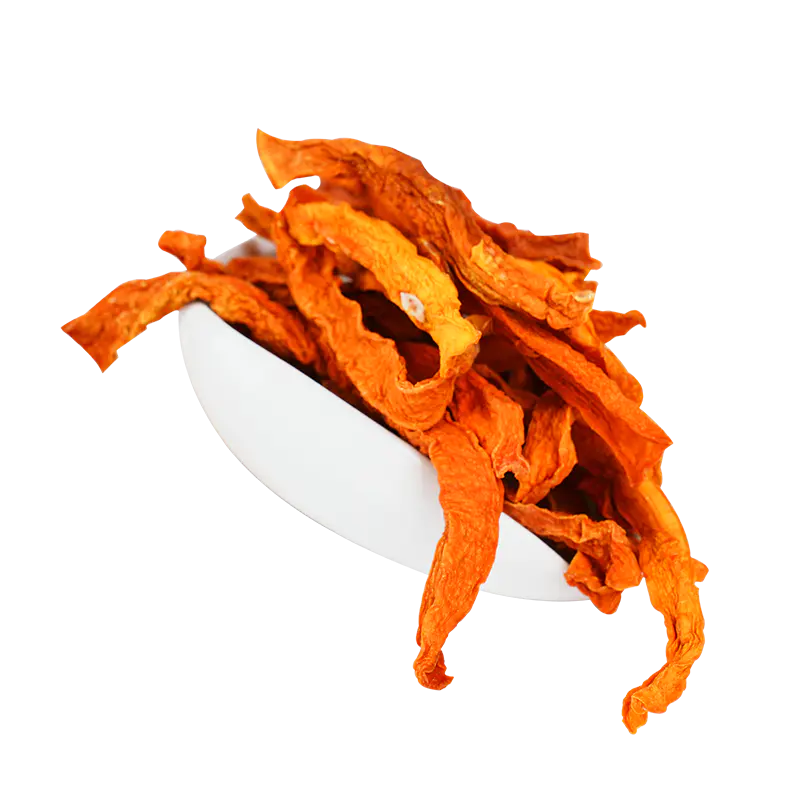
3. Key Demand Drivers
Several factors contribute to the rising global demand for dehydrated pumpkin strips:
-
Health and Nutrition Trends: Increasing awareness of healthy eating habits has led consumers to seek natural, minimally processed foods. Pumpkin is rich in beta-carotene, vitamins, and dietary fiber, making it an attractive ingredient for health-focused products.
-
Convenience and Shelf Life: Dehydrated pumpkin strips offer extended storage compared to fresh pumpkin, eliminating the challenges of spoilage and seasonal availability. This makes them particularly popular with retailers, distributors, and consumers looking for ready-to-use ingredients.
-
Culinary Versatility: These strips are used in both sweet and savory dishes. They can be incorporated into soups, stews, baked goods, cereals, snacks, and even beverages. Their ability to be rehydrated and cooked quickly makes them suitable for diverse culinary traditions and modern fusion cuisine.
-
Plant-Based and Vegan Markets: As plant-based diets grow in popularity, pumpkin strips provide a convenient way to add flavor, texture, and nutrition to meat alternatives, vegan soups, and plant-based meals.
4. Challenges and Considerations
Despite their growing popularity, the market for dehydrated pumpkin strips faces several challenges:
-
Seasonal Raw Material Supply: Pumpkin is inherently a seasonal crop, and fluctuations in harvest volume can impact processing and availability. Manufacturers need to manage inventory carefully to ensure consistent supply throughout the year.
-
Price Volatility: Prices of dehydrated pumpkin strips can vary due to changes in raw pumpkin availability, energy costs for drying processes, and international demand fluctuations.
-
Quality and Standardization: Maintaining uniform color, flavor, and texture is critical for consumer acceptance, especially in export markets. High-quality processing techniques are necessary to prevent degradation, discoloration, or flavor loss during dehydration and storage.
5. Future Market Outlook
The outlook for dehydrated pumpkin strips remains positive, with continued growth expected in both domestic and international markets. Consumers’ focus on health, convenience, and plant-based nutrition continues to drive demand. Moreover, food manufacturers are exploring new applications, such as pumpkin-based snacks, powders for baking, and rehydrated ingredients for ready-to-eat meals.
Innovation in processing technologies, such as freeze-drying and vacuum-drying, allows manufacturers to retain the pumpkin’s natural flavor, color, and nutrients while extending shelf life. Additionally, the development of organic and non-GMO dehydrated pumpkin strips opens new opportunities in premium and health-focused market segments.
Conclusion
Dehydrated pumpkin strips have evolved from a niche product to a mainstream ingredient in global food markets. Their combination of nutritional value, convenience, long shelf life, and culinary versatility makes them appealing to health-conscious consumers, food manufacturers, and international buyers alike. While challenges such as seasonal supply and price fluctuations exist, the overall market trend is strongly positive. With increasing awareness of plant-based diets, functional foods, and convenient cooking ingredients, dehydrated pumpkin strips are poised to continue expanding their reach across domestic and global markets.

 English
English 中文简体
中文简体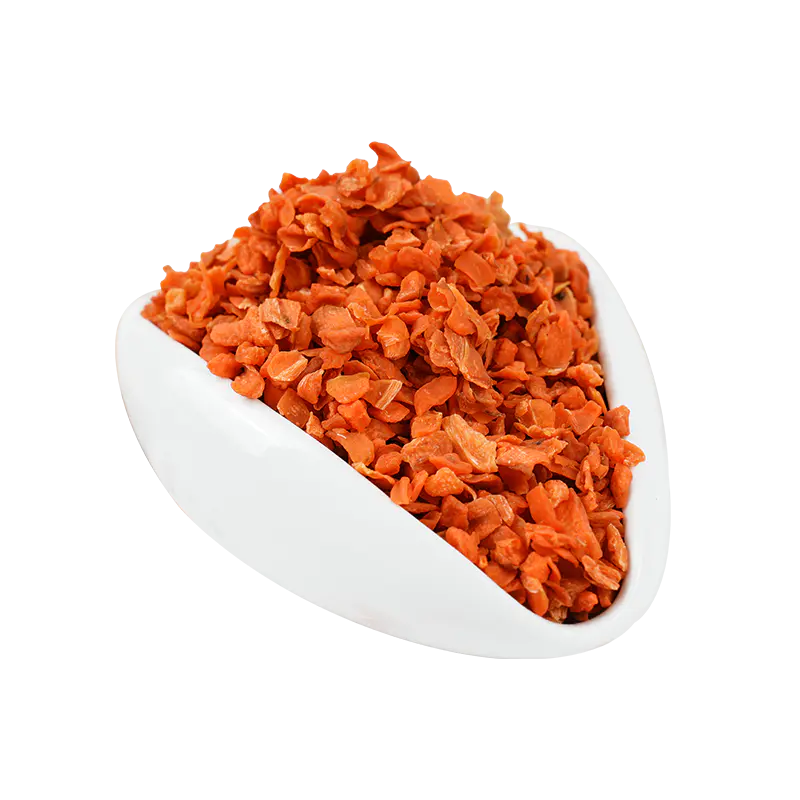
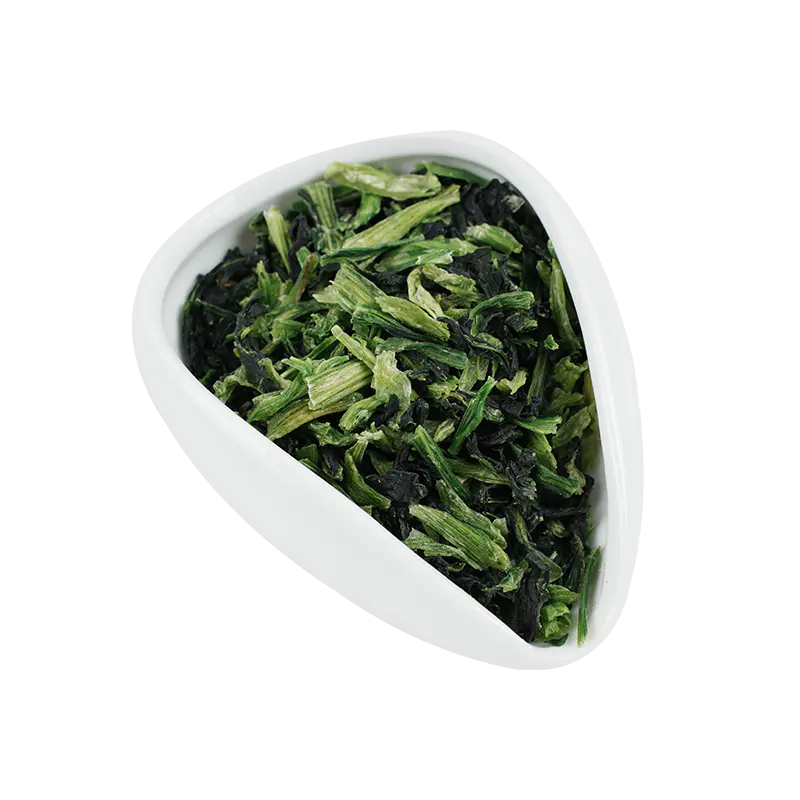
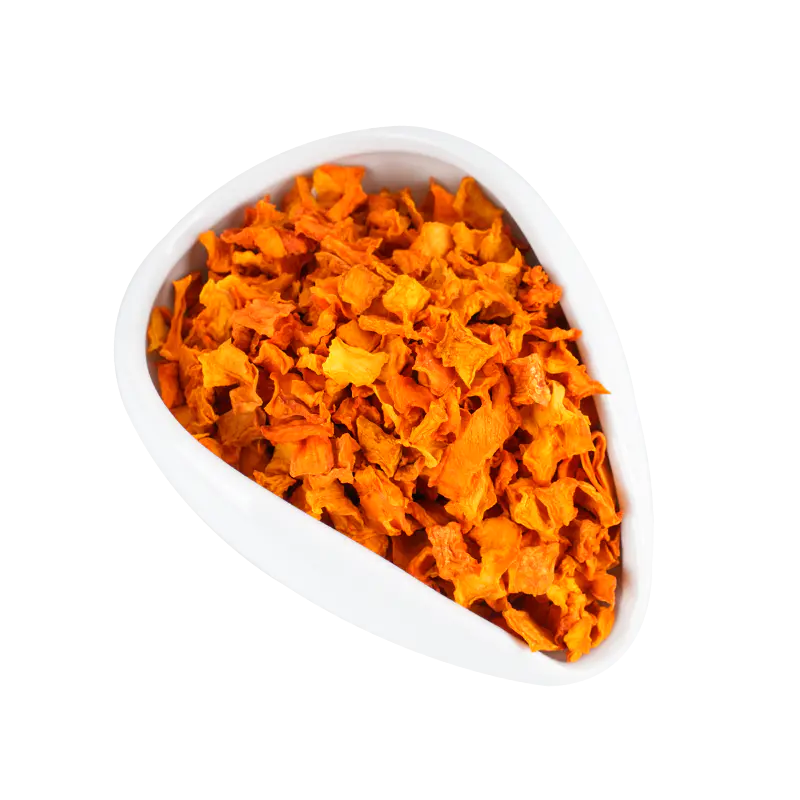

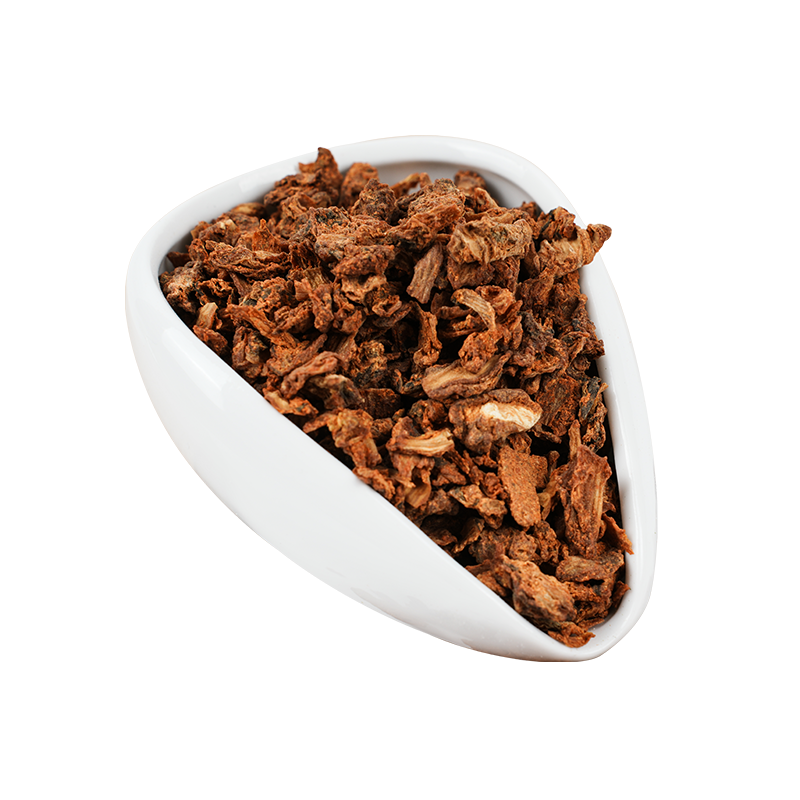

 Xinqian Village (Dehydrated Fruit and Vegetable Industrial Park), Duotian Street, Xinghua City, Taizhou City, Jiangsu Province, China
Xinqian Village (Dehydrated Fruit and Vegetable Industrial Park), Duotian Street, Xinghua City, Taizhou City, Jiangsu Province, China +86-13852647168
+86-13852647168
